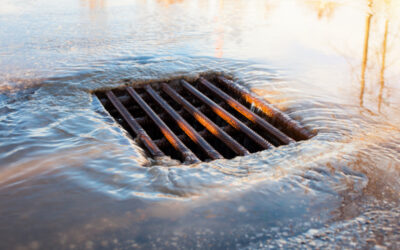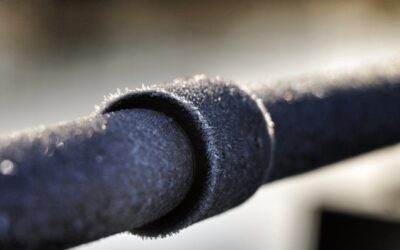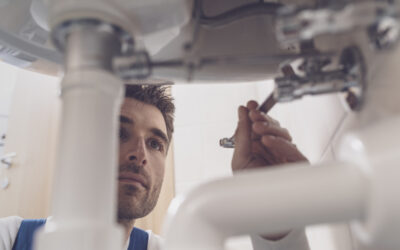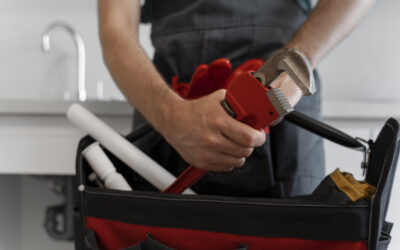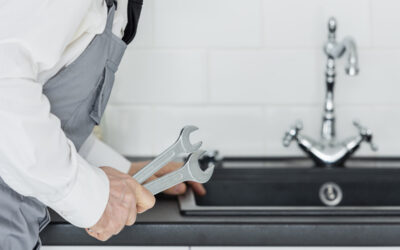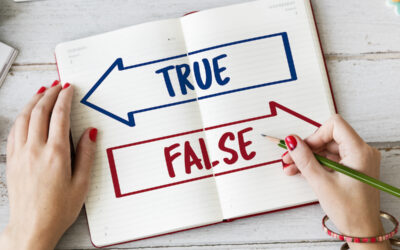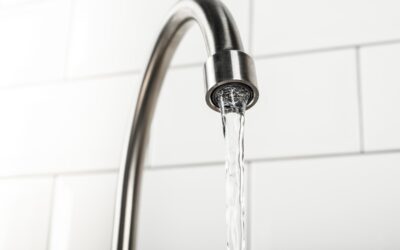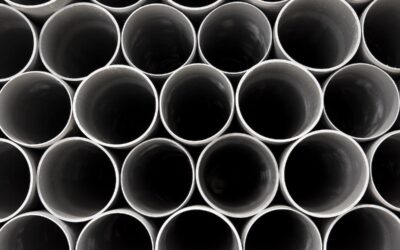Running a successful restaurant requires more than just delicious food and great service—it also involves effective management of your kitchen’s wastewater. Grease traps play a critical role in maintaining your plumbing system, preventing blockages, and complying with local regulations. In this comprehensive guide, we’ll cover everything restaurant owners and kitchen managers need to know about grease traps, their maintenance, and ensuring compliance with local laws.
What Is a Grease Trap?
A grease trap, also known as a grease interceptor or grease recovery device, is a plumbing device designed to capture and collect fats, oils, and grease (FOG) from wastewater before it enters the sewage system. It prevents FOG from clogging pipes and causing costly plumbing issues both within your establishment and in the municipal sewer system.
Why Are Grease Traps Necessary?
Grease traps are essential for several reasons:
- Preventing Blockages: FOG can solidify and cause blockages in your plumbing system, leading to backups and costly repairs.
- Environmental Protection: Discharging FOG into the sewage system can harm the environment by clogging sewer lines and causing sewer overflows.
- Compliance: Many local and federal regulations require the installation and proper maintenance of grease traps in commercial kitchens to protect the public sewer system.
Types of Grease Traps:
There are different types of grease traps, including passive hydromechanical, automatic, and gravity grease traps. The choice depends on your kitchen’s needs and the local regulations.
Maintenance and Cleaning:
Regular maintenance and cleaning of your grease trap are crucial. Here are some maintenance tips:
- Scheduled Pumping: Arrange for routine pumping by a licensed grease trap service provider. The frequency depends on the size of the trap and the volume of FOG generated.
- Scraping Plates: Implement a daily routine for kitchen staff to scrape plates and utensils before they enter the dishwasher or sink.
- Grease Interceptor Logs: Consider using grease interceptor logs or tablets to aid in FOG breakdown and prevent odors.
Compliance with Regulations:
To ensure compliance with local regulations, follow these steps:
- Research Local Codes: Familiarize yourself with local plumbing and environmental regulations related to grease traps.
- Regular Inspection: Schedule regular inspections to ensure your grease trap meets the required standards.
- Record Keeping: Maintain accurate records of maintenance, inspections, and cleaning schedules.
- Educate Staff: Train your kitchen staff on the importance of FOG management and compliance.
Grease traps are an essential component of any restaurant’s plumbing system, protecting your kitchen from blockages and ensuring compliance with environmental regulations. By understanding their purpose, maintenance requirements, and compliance standards, restaurant owners and kitchen managers can maintain a smooth operation and contribute to a cleaner environment.

